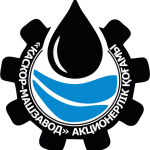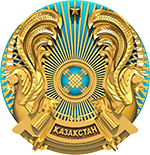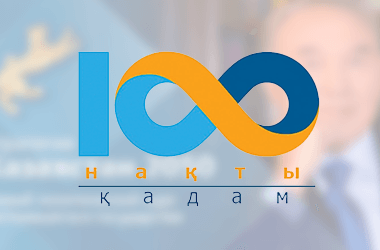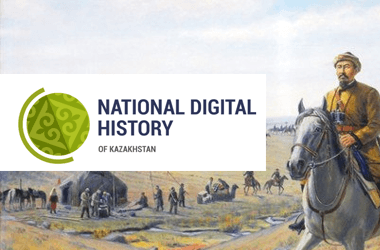History of the College
The history of Mangystau Polytechnic College goes back to the harsh days of 1941. In 1941, from the city ofDonbass in Ukraine in the city of Guryev, the machine-building plant named after him was evacuated.Petrovsky, which, of course, was placed on the existing production areas of the Guryev Mechanical Plant. And since November 5, 1941, the plant began to bear the name of the revolutionary Grigory Ivanovich Petrovsky. And then, in the city of Guryev (now Atyrau), a factory school was opened to train workers at the Petrovsky plant.
As the years passed, life changed, and the school changed with it. In 1961, this school moved to the Mangyshlak peninsula in the village of Bautino. The school trained working specialists in the repair and maintenance of ships. Then, in connection with the relocation of the Mangyshlakneft trust and with the increase in oil fields and drilling operations, the educational institution was reorganized to train workers for the oil industry. In 1964, the school was transformed into No. 54 Fort-Shevchenko Vocational School. In 1972, No. 54 Fort-Shevchenko Vocational School, having merged with the Guriev vocational School, relocated to the city of Shevchenko 3 "b" microdistrict and founded No. 11 urban-type school.
Stages of reorganizations and changes in the status of an educational institution:
1972-the year of foundation of the city-type school No. 11;
1974-By the Decree of the Ministry of the Kazakh SSR, it was renamed the No. 1 vocational school for training workers for the Mangyshlakneft Trust»;
1993-By the decision of the Akim of the Mangystau region, it was renamed into No. 1 Higher Professional School of the city of Aktau;
1997-By the decision of the Akim of the Mangistau region, it was renamed the Mangistau Polytechnic College.
The College has a state act No. 13-200-003-008 of October 1, 1996 on the use of land with an area of 1.2739 hectares and has a technical passport. The college building consists of 4 three-storey buildings and workshops. In the main academic building there are:
- Sports hall, dining room with 250 seats;
- Assembly hall with 300 seats;
- Conference hall with 40 seats;
- The museum has a total area of 59.38 m2;
- Medical office with a total area of 42.36 m2;
- 73 academic subject rooms;
- 4 workshops and 5 laboratories.
Equipping classrooms with educational and technical means the material and technical base of the college creates all the conditions for training specialists who meet the requirements of today. 73 classrooms are equipped with technical facilities and are equipped with methodological information tools. In particular, 5 computer rooms have all the conditions for studying the collection and storage of information, 25 rooms are connected to the Internet. The number of computer equipment is 150. Electronic textbooks and magnetic media of educational programs are purchased. Interactive whiteboards are installed in 28 classrooms.
Equipment for information and methodological and library work the total area of the college library is 233.3 m2, the area of the reading room is 50 m2, there are 30 shelves. The library fund corresponds to the profile of the educational institution, today it has 42509 units. There are publications in Kazakh and Russian languages. Every year, a subscription is issued for 180 or more titles of periodicals in the amount of 900 thousand tenge. The reading room is designed for 70 seats, 2 librarians work. All conditions are created for obtaining the necessary information.
The college employs a stable teaching staff with a high level of professionalism:
- 3 candidates of science;
- 3 applicants;
- More than 63 % of teachers have the first and highest qualification category;
- 7 teachers have state awards and distinctions: "Excellent student of education", " Honorary Worker of Education of the Republic of Kazakhstan»;
- 20 people were awarded Diplomas of the Ministry of Education and Science of the Republic of Kazakhstan.
















__6fe97f3e7995b93253965d9f0e06d753.png)


















